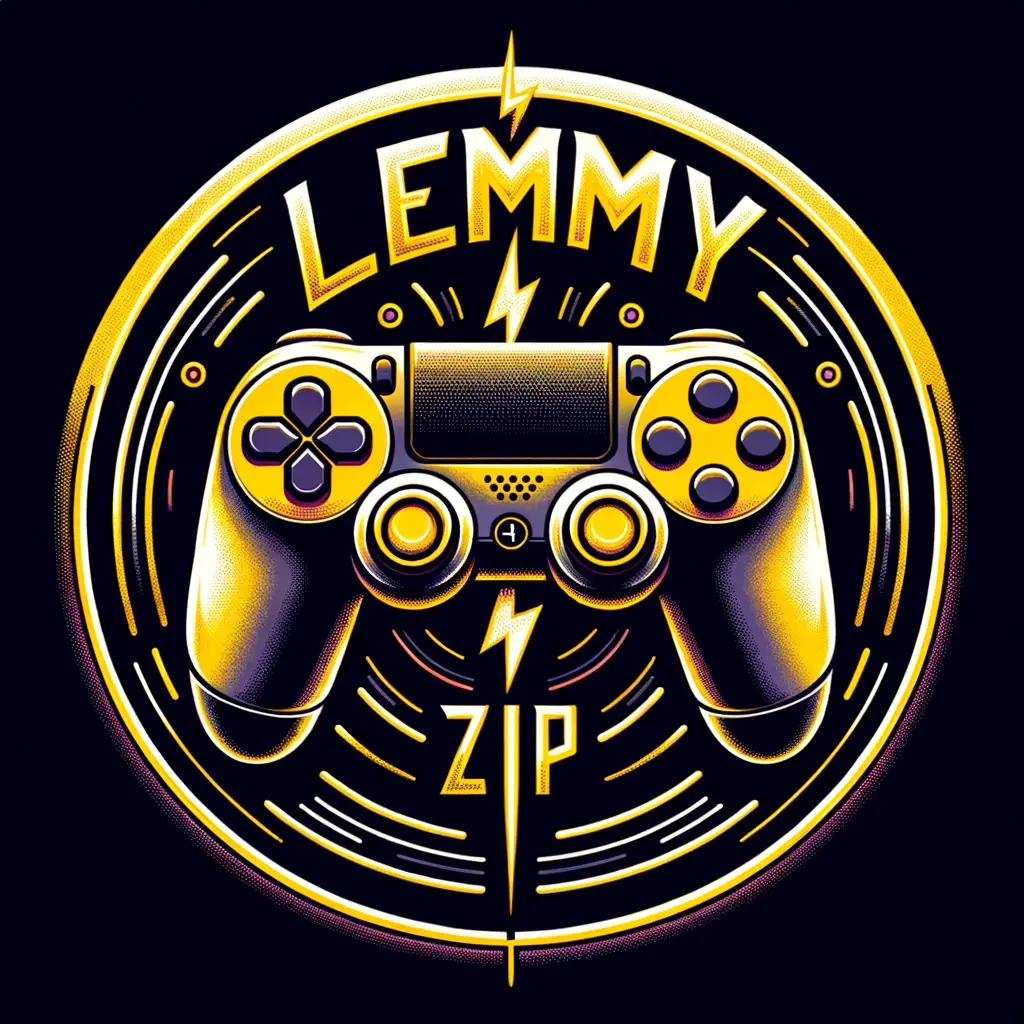

Why would I want to spend my time with a game full of AI generation, when I could play one that had real actual people craft the work.
Because people have different skill sets, and I’d argue that for someone who has no skills in drawing, using AI as a tool to help add a little polish is not worse than pulling a generic already-seen asset pack from [your favourite game engine]'s marketplace. It all depends on how much, and how, AI is used.
Of course this only applies to indie developers and small studios. Big studios can afford to and should hire artists and designers.




You will have to transfer your containers before you can see them.
From Docker to Podman: full migration to rootless